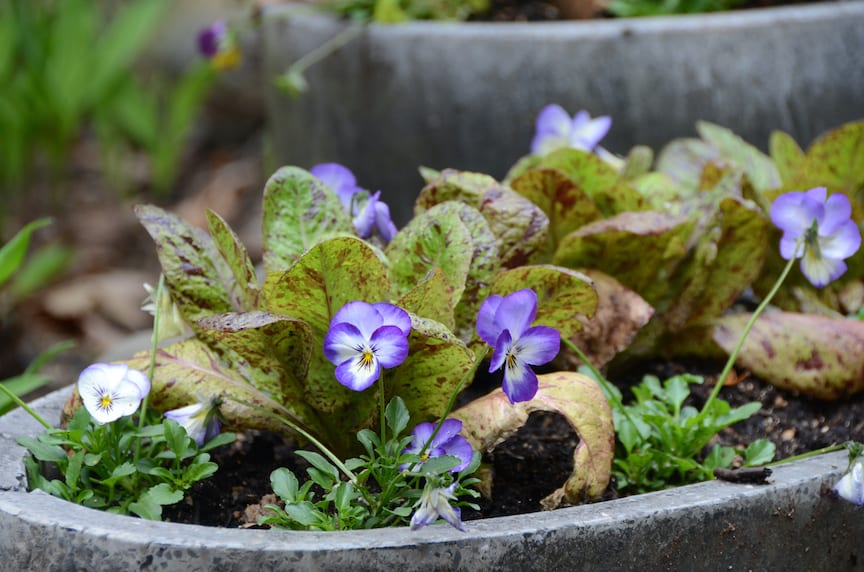
The cold air shocked me as I bolted out the back door to water containers first thing in the morning. It was asad realization that another summer was gone. Just like each one before it, the season left too quickly.
Cool nights have slowed growth of tomatoes, cucumbers, beans and other summer veggies — along with making many pretty annual flowers look a little tired. They will persist though as long as the first real frost of fall is delayed.
These plants thrive in warm weather, valiantly holding on until the bitter end.
There’s a temptation for gardeners to call it quits too, but planting now will not only assure color through the start of winter, but also some tasty veggies too. If the stars align, you play your cards right and use a couple of tricks, those plants might last all the way until spring.
Just don’t stop gardening. This is the perfect time to switch gears and plant things that love shorter days and brisk mornings.
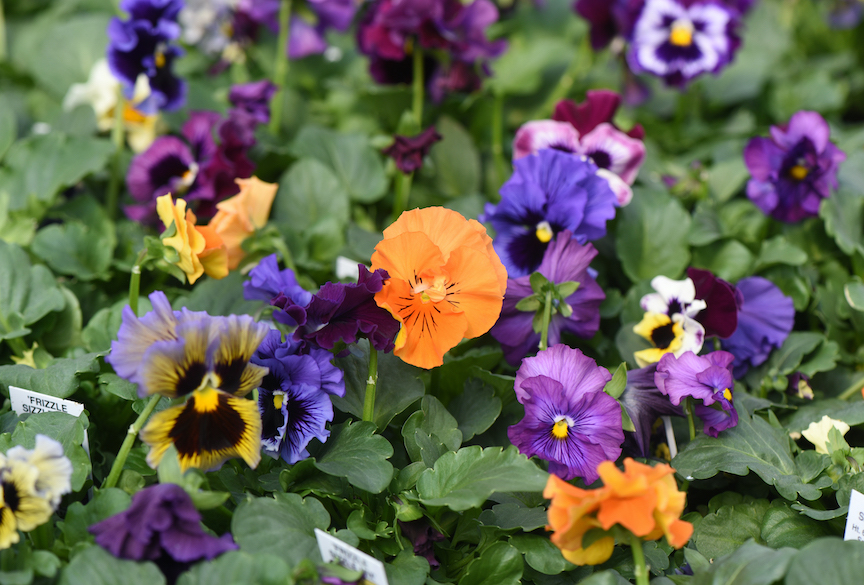
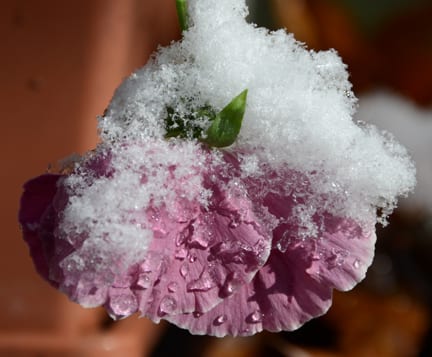
What to plant this fall
For me, that means a couple flats of pansies and violas. Their cheery faces and robust nature make them a favorite to fill containers and beds in fall. In my garden they are planted exclusively in pots.
One of my favorite ways to use them is to mix the flowers with a beautiful cool weather vegetable like ‘Bright Lights’ Swiss chard or ‘Freckles’ lettuce. I’ve seen the Swiss chard and lettuce in nurseries sold as ornamentals with six or more plants in one pot. I’ll buy that one pot and split them up and stagger them between the colorful blooms of the pansies and violas.It’s called getting the best bang for the buck — and that’s one of my specialties (being the world’s cheapest gardener).
Most of what is planted now in my garden are the toughest plants available. I want them to last as long as possible, even as the weather worsens.
Garden centers are offering other colorful plants right now. Many will continue for a short time but will bite the bullet once a hard freeze descends upon the garden.
A few obligatory “hardy” mums will be scattered through my garden, more as a tradition than anything else. Don’t plan on them overwintering. It can be done, but mums are putting all their energy into flowering —as they should — and would prefer to fade away under winter’s gloom. Last season, I was able to get a couple to last through the winter in pot, thanks to the protection of an unheated greenhouse. It was pure luck even under the single paned glass of my 1950’s Everlite aluminum kit hothouse, as it was an easy winter.
The best advice I can give on mums is buy them when they are tightly budded. They’ll put on a show much longer, as the first set of buds will bloom and then another in succession. Never let them dry out either.
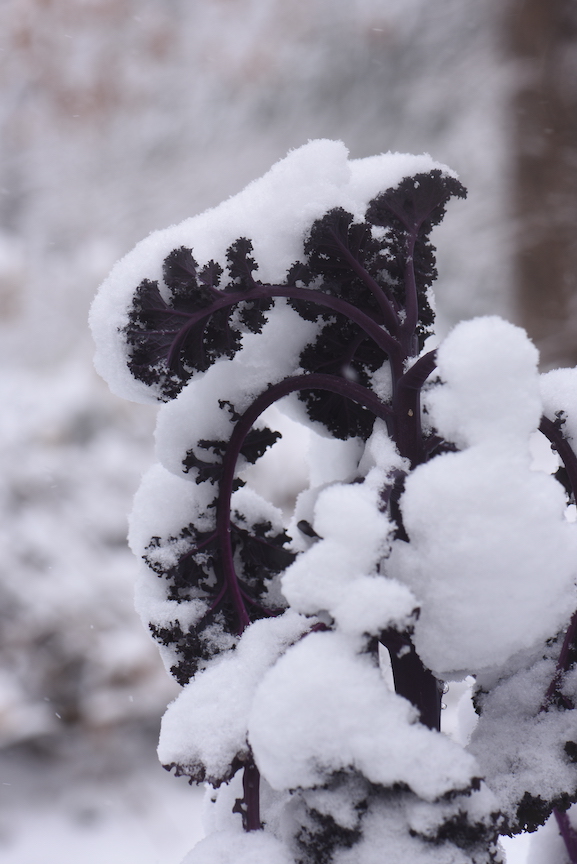
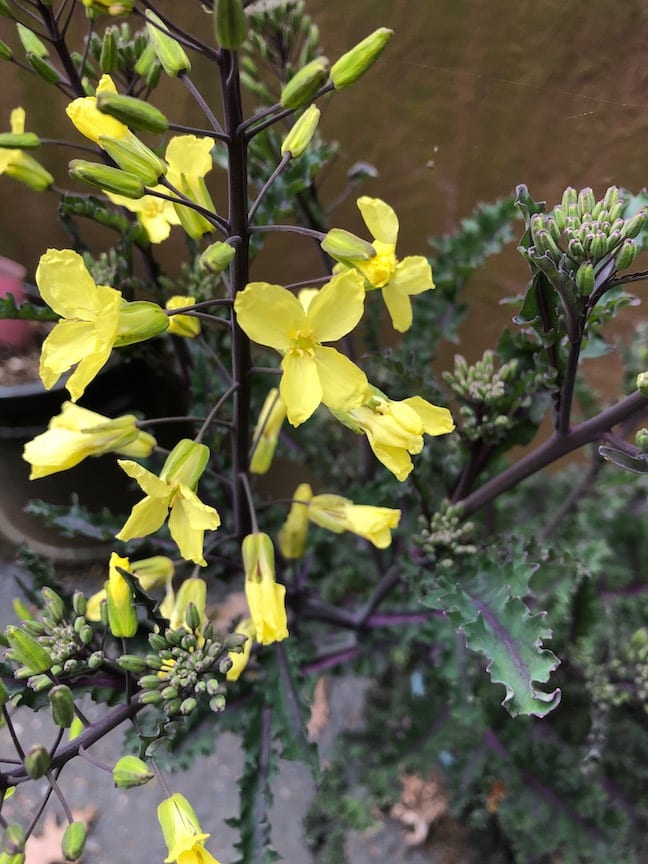
Cool Weather Kale
The other staple of my fall garden is flowering kale. The colder it gets, the better it looks. I hope to find ‘Redbor’ again. It’s a tall, purple variety, which is edible, but grown for its tree like habit and hardiness. It’s the perfect foil for bright yellow pansies.
Kale is a biennial, meaning the plant puts on foliageduring the first season. The second season it sets seed and then dies. When ‘Redbor’ overwinters, the next spring the plant puts on yellow flowers, which look particularly marvelous against the plum coloredfoliage.
That’s the kind of versatility I’m looking for when planting. Mother Nature sometimes has other plansthough — especially when it comes to winter. It’s gardening genius when the winter starts slow or never arrives in full force.
Worst case scenario, we can focus on houseplants for New Year’s.
There are lots of other short squatty flowering kale varieties with brilliant white, pink or purple foliage. They are great for containers, when mixed with pansies, and will last at least until Christmas (unless a polar vortex descends on the garden early).
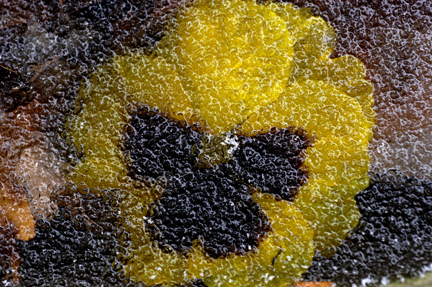
Protecting Your Winter Vegetable Garden
In the vegetable garden, it’s mostly root crops and greens for the winter. I’ve seen purple mizuna being sold as an ornamental, but in my garden, this spicy and attractive plant is one of the toughest.
One advantage to planting these crops now is that pests have slowed down, and most will be gone when we finally get a hard frost.
For now, lettuce, other greens and root crops don’t need protection, but as the days get cooler, there are many ways to make them thrive.
Floating row covers are made of a spun bound, translucent fabric which is so lightweight, the plants themselves can support the cover. It’s a great, inexpensive, reusable tool that acts like a greenhouse in the garden.
In the coming weeks, I’ll talk much more about other season extenders, like cold frames and other homemade plant protectors, and the plants that will thrive under them.
Gardening shouldn’t end as frost looms. Enjoy the beauty and taste of fall plants for as long as possible — maybe all the way to spring.

[…] Plant now for a great fall/winter garden. […]